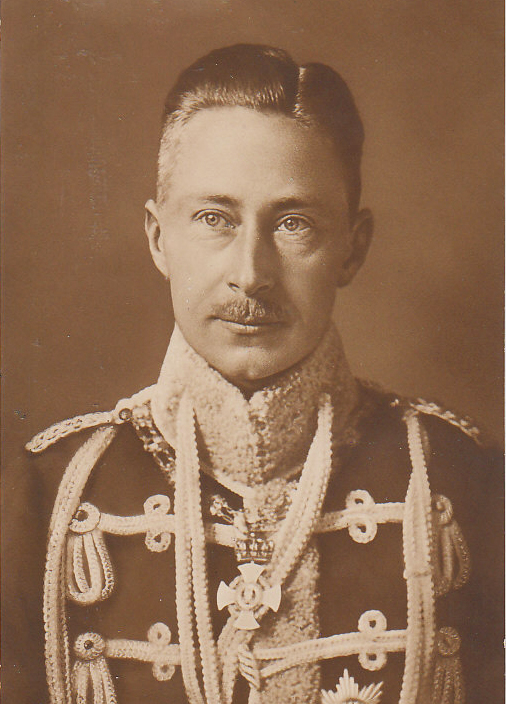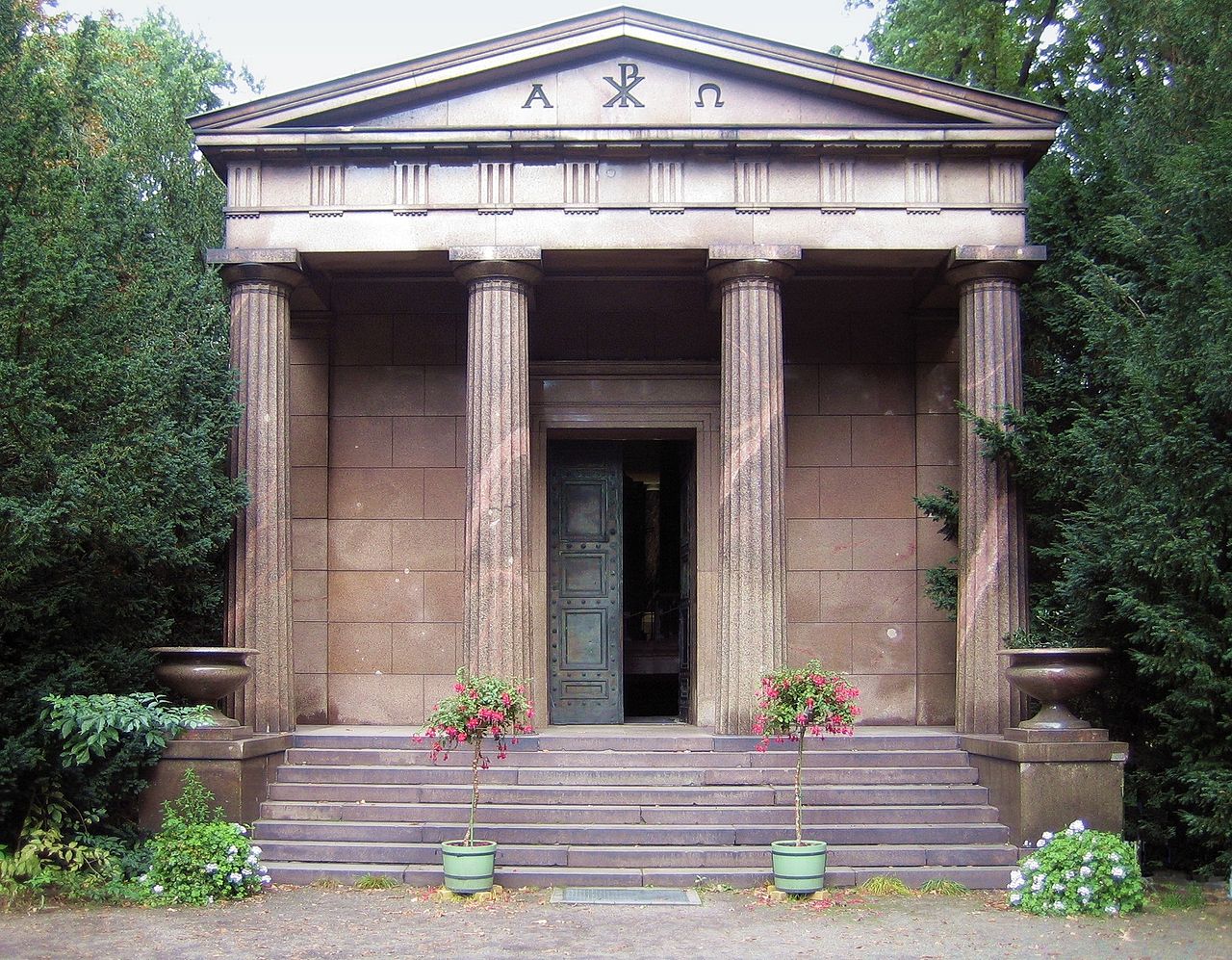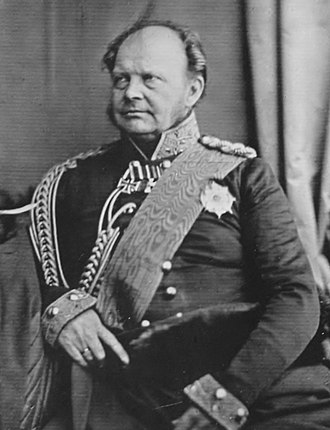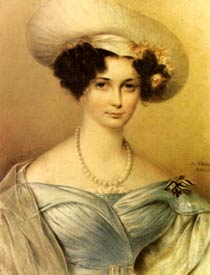by Scott Mehl © Unofficial Royalty 2019

Prince Joachim of Prussia; Credit – Wikipedia
Prince Joachim Franz Humbert of Prussia was the sixth son of Wilhelm II, German Emperor and King of Prussia and Princess Augusta Viktoria of Schleswig-Holstein. He was born in Potsdam, Kingdom of Prussia, German Empire, now in Brandenburg, Germany on December 17, 1890, and had six siblings:
- Wilhelm, Crown Prince, Crown Prince of Prussia (1882-1951) – married Cecilie of Mecklenburg-Schwerin, had issue
- Prince Eitel Friedrich (1883-1942) – married Sophie Charlotte of Oldenburg (divorced), no issue
- Prince Adalbert (1884-1948) – married Adelheid of Saxe-Meiningen, had issue
- Prince August Wilhelm (1887-1949) – married Alexandra of Schleswig-Holstein-Sonderburg-Glücksburg, had issue
- Prince Oskar (1888-1958) – married Countess Ina-Marie von Bassewitz, had issue
- Princess Viktoria Luise (1892-1980) – married Ernst August of Hanover, Duke of Brunswick, had issue
Like his elder brothers, Prince Joachim was educated at Plön Castle and began his formal military training in 1911 as a member of the 1st Foot Guards in the Prussian Army. He served during the beginning of World War I and was injured in the First Battle of the Masurian Lakes in September 1914.
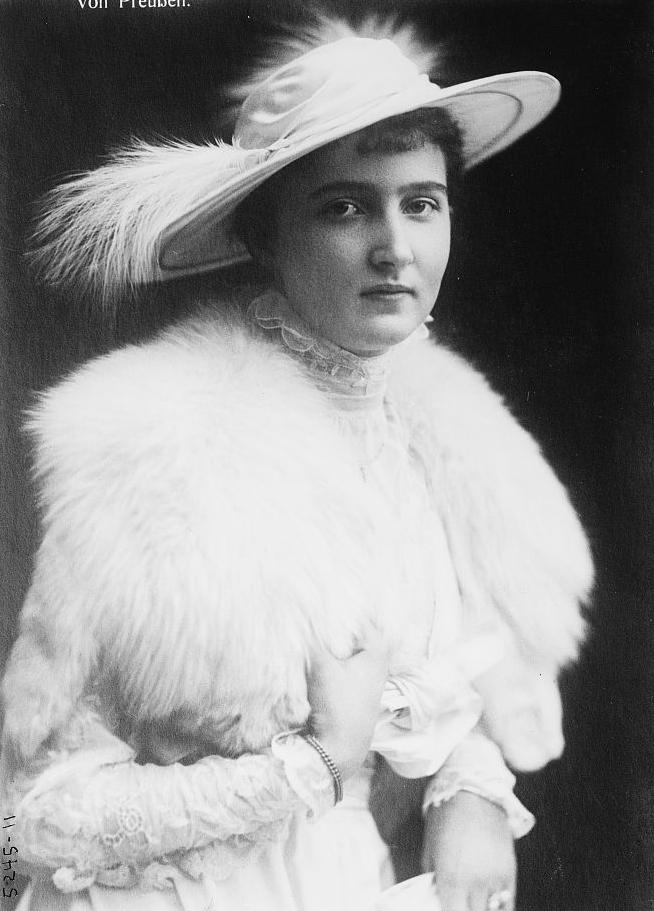
Marie-Auguste of Anhalt. source: Wikipedia
Two years later, on March 11, 1916, Joachim married Princess Marie-Auguste of Anhalt, the daughter of Eduard, Duke of Anhalt and Princess Luise Charlotte of Saxe-Altenburg. The couple had one son:
- Prince Karl Franz (1916-1975) – married (1) Princess Henriette von Schönaich-Carolath, had issue; (2) Luise Hartmann, no issue; (3) Eva Maria Herrera y Valdeavellano, had issue
After World War I and the fall of the German Empire, Joachim and Marie-Auguste divorced. Years later, due to her financial struggles, Marie-Auguste adopted numerous people, in exchange for the claim to her royal titles. One of these people was Hans Robert Lichtenberg, who took the name Frederic Prinz von Anhalt, probably best known as the husband of the famed Hungarian actress Zsa Zsa Gabor.

The Antique Temple in Sanssouci Park. photo: By Paul Odörfer – Originally uploaded to the German Wikipedia by Stonx., CC BY-SA 3.0, https://commons.wikimedia.org/w/index.php?curid=642219
Prince Joachim struggled to accept his status as a commoner and became greatly depressed. On the evening of July 18, 1920, he shot himself with a revolver at Villa Leignitz in Sanssouci Park in Potsdam, Germany. He was found by his elder brother August Wilhelm and taken to the Saint Joseph Hospital in Potsdam, where he died the following day. Another brother, Eitel Friedrich, described it as “a fit of excessive dementia”. Prince Joachim was first interred in the Friedenskirche in Sanssouci Park in Potsdam, Germany before being moved to the nearby Temple of Antiquities in 1931.
Below are some suicide prevention resources.
In the United States, the National Suicide Prevention Lifeline is 988. Anyone in the United States can text or call the National Suicide Prevention Lifeline to reach trained counselors who can help them cope with a mental health emergency. National Institute of Mental Health: Suicide Prevention is also a United States resource.
Other countries also have similar resources. Please check the resources below.
- International Association for Suicide Prevention
- Wikipedia: List of international suicide crisis lines
This article is the intellectual property of Unofficial Royalty and is NOT TO BE COPIED, EDITED, OR POSTED IN ANY FORM ON ANOTHER WEBSITE under any circumstances. It is permissible to use a link that directs to Unofficial Royalty.












